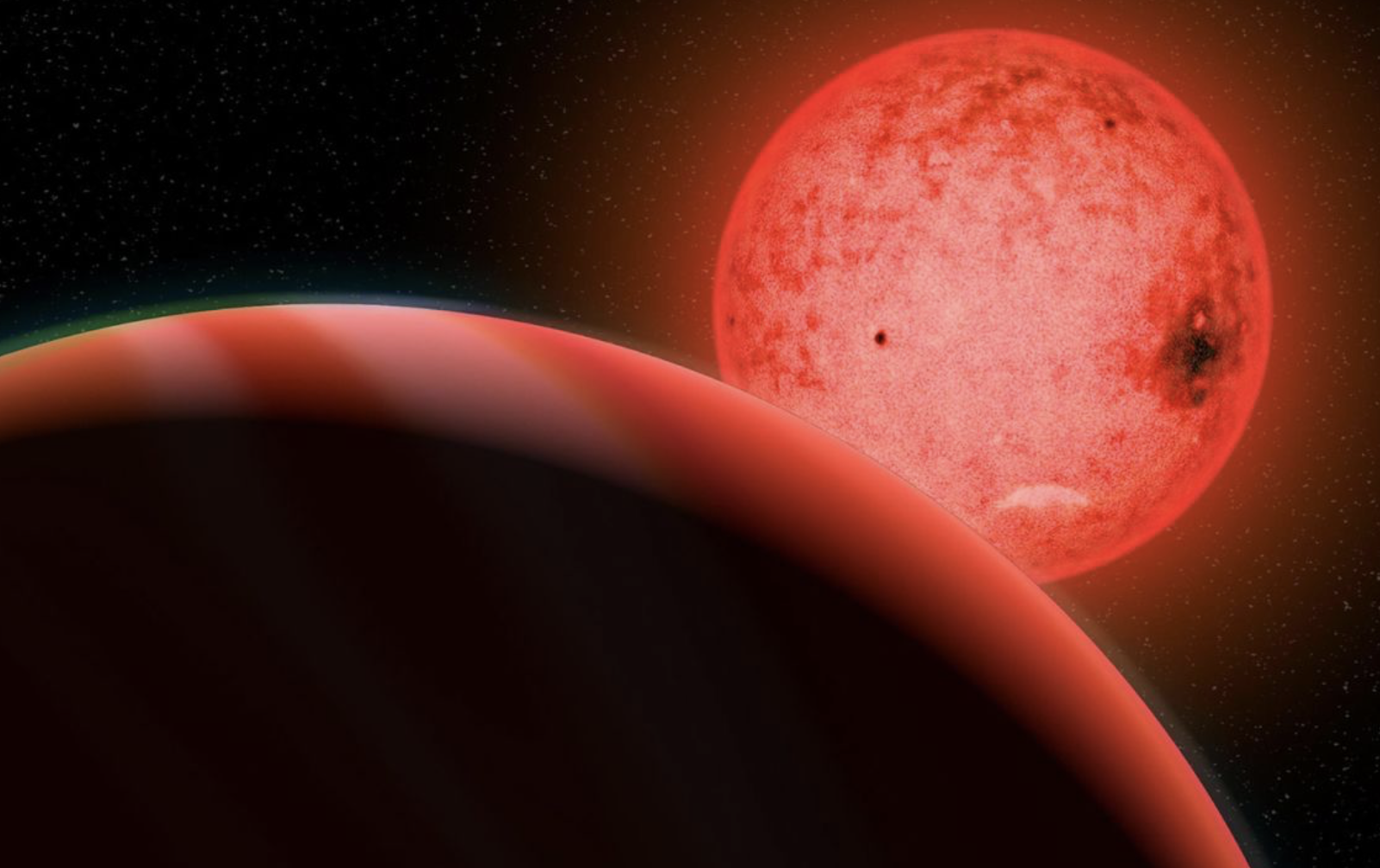The evolution of planetary systems, especially at the initial stage of their formation, is not a peaceful process and usually proceeds very turbulently. A flattened protoplanetary disk forms around the star from the debris left over from the formation of a new star. In this disk, local densities of matter are formed, which alternately collide with others and are destroyed. If the collision speed between these bodies is low enough, they can coalesce into larger objects. Over time, those who manage to survive begin to clear their orbit around the debris star and only interact gravitationally with other planets, passing them once in each orbit of the star. Even in such a situation, regular interactions with massive planets can lead to a gradual change in the planet’s velocity and in extreme cases even to its eventual expulsion from the planetary system. Then such a planet begins its life as an isolated globe drifting in the empty interstellar space. Such a body loses its main source of energy, namely the radiation of the parent star, and when the Earth’s dark sphere begins life in the dark.
Scientists estimate that there may be as many as 200 to 400 billion such planets in the Milky Way alone. Therefore, the question arises whether organisms of this type could be an attractive target for researchers of extraterrestrial life.
Read also: Poles noticed the smallest free planet. “This is a milestone in astronomy.”
At first glance, it doesn’t seem like that. The starless planet will gradually cool down. For some time it will certainly be heated by the processes taking place inside it, but it will become much colder on the surface. If life had not already originated on such a planet, the chances of it occurring in interstellar space would be even lower. However, there is another way out.
The moons of lonely planets can be very interesting
Suppose a planet the mass of Jupiter is expelled from the planetary system. Simulations made a few years ago indicate that in such a situation the planet escapes into interstellar space with its moons, and these moons remain in the orbits in which they orbited before. Here comes a great theory.
Just look at the not hypothetical but real moons of Jupiter or Saturn. Both planets have icy moons that shouldn’t be overly active or interesting. However, the fact that they are in elliptical orbits around the gas giants means that the host planet’s gravity is constantly compressing and stretching them, thus heating their interior spaces. This is the case with Europa and Enceladus, for example. Either way, we’re dealing with globes with huge oceans of liquid water in them, even though they’re a long way from the Sun’s habitable zone.
Also read: For the first time we have observed how moons are formed. In a planetary system 400 light years away
Even when the star disappears, the planet’s gravity will not change, and it will have the same effect on the moons orbiting it.
Scientists believe that among the isolated planets, there are many gaseous planets with a mass similar to that of Jupiter. Earth-sized moons can orbit these planets. If such a moon were in an elliptical orbit, its interior would be gradually heated by the planet’s gravitational field. Now suppose such a moon has a thick atmosphere. This is not surprising, after all, in our solar system Titan, a moon of Saturn, has a thick atmosphere. With the right chemical composition and the right density of the atmosphere, we can deal with a moon whose expanding interior gradually emits a lot of heat, which is then released to the surface and held there by the thick atmosphere long enough to possess the surface. Conditions for the existence of water in the state of water. questioner. In such a place, in theory, there should be favorable conditions for the emergence of life without the need for a star.
in your Scientists work They calculated that if such a moon had an atmosphere similar in density to Earth, such conditions would persist for about 50 million years. Well, life takes a little longer. However, it should be noted that if the atmosphere were similar in density to Venus, then conditions on the surface should have persisted for 1.6 billion years. Suffice it to add here that when the Earth was 1.6 billion years old, life was already bouncing on its surface.
So we can look at the stars every night and wonder if there is life around them, but life exists on an invisible planet’s moon in the seemingly black void between the stars we observe. However, it is worth realizing that life on such a moon must look very different from that on Earth, if only because it would be a globe shrouded in pitch darkness.

Echo Richards embodies a personality that is a delightful contradiction: a humble musicaholic who never brags about her expansive knowledge of both classic and contemporary tunes. Infuriatingly modest, one would never know from a mere conversation how deeply entrenched she is in the world of music. This passion seamlessly translates into her problem-solving skills, with Echo often drawing inspiration from melodies and rhythms. A voracious reader, she dives deep into literature, using stories to influence her own hardcore writing. Her spirited advocacy for alcohol isn’t about mere indulgence, but about celebrating life’s poignant moments.







![[À VOIR] Famous French musician becomes first passenger in flying car: “an incredible experience”](https://m1.quebecormedia.com/emp/emp/VoitureVol32d406fef-469b-44d8-912a-380ea2658c31_ORIGINAL.jpg?impolicy=crop-resize&x=0&y=0&w=1093&h=616&width=1200)

